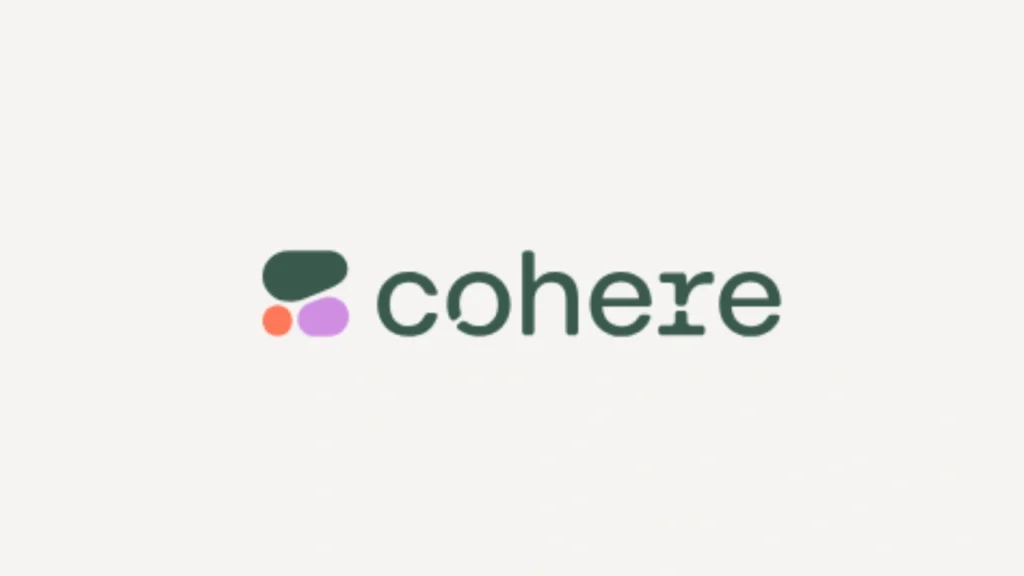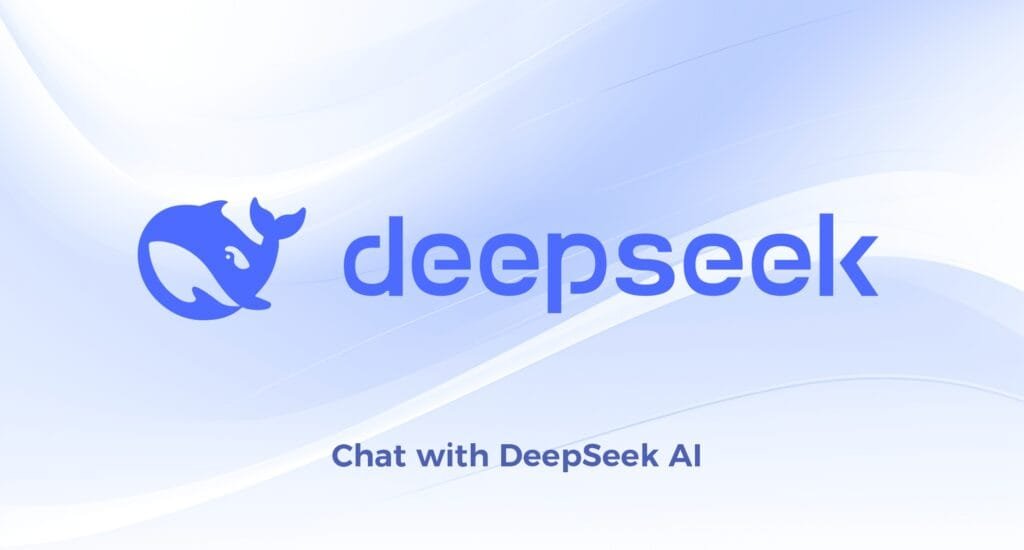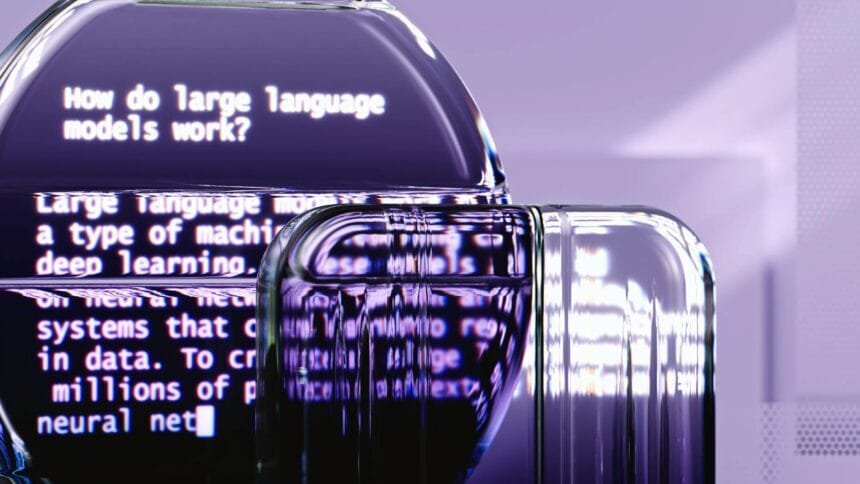There are news that some Chinese companies like Deep Seek employ better generative AI models than ChatGPT. So is ChatGPT disrupted by it’s alternate GenAI friends ? It claims that ChatGPT and Claude are way behind in performance and their app download has been phenomenal. Is it real ? Or a propaganda in the Tech and Financial world , is yet to be seen. There are ChatGPT alternatives in the market which are faster , progressive with lot of funding and research. We explore such generative AIs and the models used for their implementation.
ChatGPT Alternatives
Is ChatGPT disrupted by Google Gemini
Model: Google Gemini is based on Google’s LaMDA (Language Model for Dialogue Applications).
Strengths: Gemini excels in understanding context and generating human-like responses. It is designed to engage in more natural and open-ended conversations.
Differences: Unlike ChatGPT, which is based on OpenAI’s GPT architecture, Gemini uses LaMDA, which is specifically optimized for dialogue. This can make Gemini more adept at maintaining context over longer conversations.
LAMDA Architecture : Did you know that GPT-3 was built on a neural network architecture named “Transformer” which google built and open sourced in 2017 ? But LAMDA goes one step ahead and brings in “Sensible” and “Specific” replies. Is is built on a language model which can talk virtually on any topic and keeps developing as it gets more data.
Anthropic’s Claude : Is it the best ChatGPT alternative ?
Model: Claude is based on Anthropic’s proprietary models, which focus on safety and alignment.
Strengths: Claude emphasizes ethical AI usage and safety, aiming to reduce harmful outputs.
Differences: Claude’s primary focus is on creating AI that aligns with human values and ethical guidelines, which can make it more reliable in sensitive applications compared to ChatGPT.
Claude Model Architecture: It uses Reinforcement learning from human feedback (RLHF). What does that even mean ?
According to Anthrpopic – “In RLHF, models engage in open-ended conversations with human assistants, generating multiple responses for each input prompt. The human would then choose the response they found most helpful and/or harmless”.
Microsoft Copilot : Well, it is not one of ChatGPT alternatives !
Model: Microsoft Copilot integrates OpenAI’s models, including GPT-4, into its suite of productivity tools.
Strengths: Copilot is deeply integrated with Microsoft Office products, enhancing productivity by assisting with tasks like drafting emails, creating documents, and analyzing data.
Differences: While it uses the same underlying GPT-4 model as ChatGPT, its integration with Microsoft products provides a unique value proposition for business and productivity use cases.
GPT-4 Model Architecture : GPT-4 Model Architecture is a revision of it’s predecessor 3.5 and it can interact with users through spoken words and respond to images. It allows natural conversations. It has the ability to provide suggestions or answers based on photo uploads.
Meta’s LLaMA : Is it the best Generative AI Model for it’s huge social media user base ?
Model: LLaMA (Large Language Model Meta AI) is Meta’s own large language model.
Strengths: LLaMA is designed to be efficient and scalable, with a focus on research and development applications.
Differences: Meta’s approach with LLaMA is more research-oriented, aiming to push the boundaries of what large language models can achieve in various scientific and academic fields.
LLaMA Model Architecture Meta launched Llama 3, an open-source AI model with two variants: one with 8 billion parameters and another with 70 billion parameters.
Llama 3 sets a new standard for large language models at these scales. They have improved pre-training and post-training processes, resulting in reduced false refusal rates, better alignment, and more diverse responses. It boasts enhanced capabilities in reasoning, code generation, and instruction following.
Other ChatGPT Alternatives
Cohere

Model: Cohere’s models are designed for natural language understanding and generation, with a focus on enterprise applications.
Strengths: Cohere offers customizable models that can be fine-tuned for specific business needs, making it a strong contender in the enterprise AI market.
Differences: Cohere’s emphasis on customization and enterprise solutions sets it apart from more general-purpose models like ChatGPT.
AI21 Labs’ Jurassic-2

Model: Jurassic-2 is AI21 Labs’ latest language model.
Strengths: Jurassic-2 is known for its large-scale language capabilities and fine-tuning options.
Differences: AI21 Labs focuses on providing robust APIs for developers, making Jurassic-2 a flexible option for integrating advanced language capabilities into various applications.
Hugging Face’s BLOOM

Model: BLOOM is an open-source large language model developed by Hugging Face.
Strengths: BLOOM is highly accessible and customizable, with a strong community support.
Differences: As an open-source model, BLOOM offers transparency and flexibility, allowing users to modify and improve the model according to their needs.
DeepSeek

Model: DeepSeek is a Chinese generative AI model developed by the Hangzhou-based startup DeepSeek.
Strengths: DeepSeek has gained attention for its high performance and cost-effectiveness. It is known for achieving significant breakthroughs in inference speed and accuracy.
Differences: DeepSeek’s models are open-source, making them accessible and customizable. However, they are constrained by China’s restrictive policies regarding sensitive topics. Despite this, DeepSeek has managed to outperform some of OpenAI’s leading models in various benchmarks.
Disruptors in the Generative AI Space
Generative AI Models have played an important role in disrupting functions of one another. One claims better than the other but final result depends on user acceptance. Only a few ChatGPT alternatives will remain in the future. All depends on how well they design their models.
- Open-Source Models: Open-source initiatives like BLOOM and DeepSeek are democratizing access to advanced AI models, allowing more developers to experiment and innovate.
- Specialized AI Models: Companies focusing on niche applications, such as healthcare, finance, or legal, are developing specialized models that outperform general-purpose models in specific tasks.
- Ethical AI Development: Organizations prioritizing ethical AI development, like Anthropic, are gaining traction by addressing concerns around AI safety and alignment.
- Integration with Existing Platforms: AI models integrated into widely-used platforms (e.g., Microsoft Copilot in Office 365 and Gemini with Google Products) are disrupting the market by providing seamless user experiences and enhancing productivity.
We had earlier published an article on AI Agent Tools. I suggest , you should also read the same for a thorough understanding of where the world is going. While ChatGPT remains a leading player in the generative AI space, its competitors offer unique features and strengths that cater to different needs and applications. The landscape is rapidly evolving, with new models and innovations continually emerging. The key to staying ahead in this field will be balancing performance, safety, and usability to meet the diverse demands of users.









